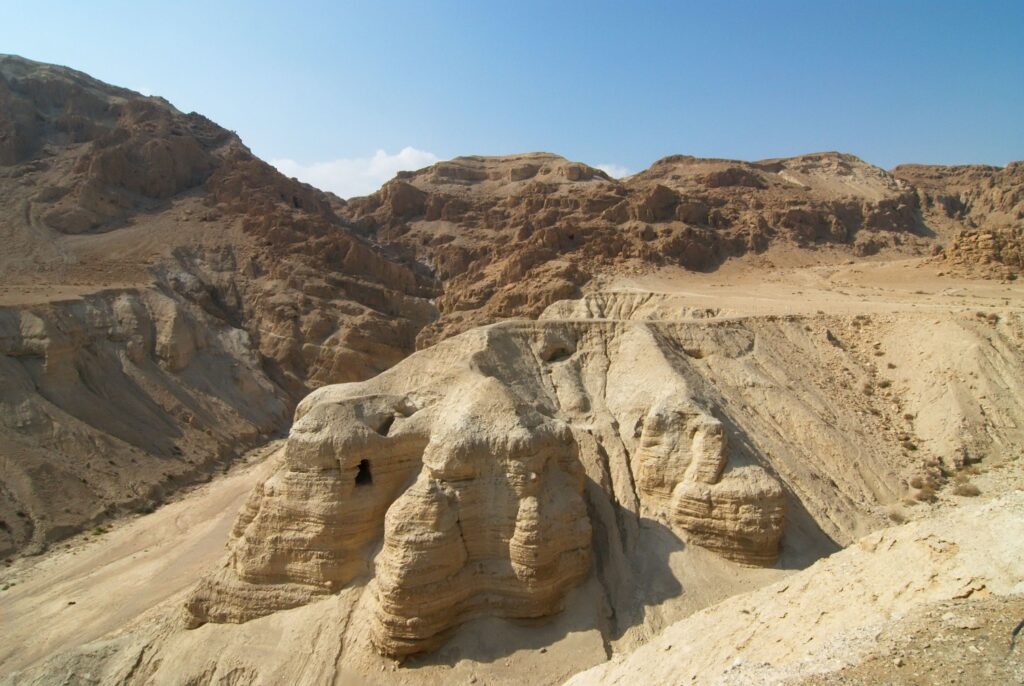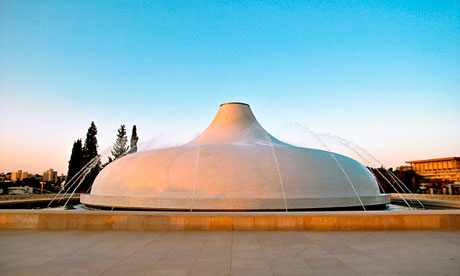Things to do in Qumran

Things to do in Qumran: A Historical and Scenic Adventure
If you are looking for things to do in Qumran, nestled amidst the stark beauty of the Judean Desert, Qumran National Park offers a unique blend of history, nature, and adventure. Most famous for its association with the Dead Sea Scrolls, Qumran boasts archaeological ruins that whisper tales of a bygone era. But beyond its historical significance, the park presents a captivating landscape with dramatic cliffs overlooking the Dead Sea, inviting exploration and rejuvenation.
This guide delves into the captivating experiences that await you in Qumran, ensuring your visit is both informative and unforgettable.
Step Back in Time: Exploring the Archaeological Site
Your journey begins at the Qumran Visitors Center. Here, a captivating multimedia presentation unveils the story of the Essenes, a Jewish sect believed to have inhabited Qumran from the 1st century BCE to the 1st century CE. The Dead Sea Scrolls, discovered nearby in the Qumran Caves, offer a window into their beliefs and daily life.
Exiting the center, a well-marked trail leads you past the ruins of the ancient Essene settlement. As you walk, imagine the life that once thrived here. Explore the communal dining hall (refectory) where meals were shared, and visualize the scriptorium, where the famed scrolls may have been meticulously copied and preserved.
Marvel at the ingenuity of the water management system, with its network of aqueducts, cisterns, and pools that sustained the community in this arid environment. Don’t miss the ritual baths, a testament to the Essenes’ emphasis on ritual purity.
Qumran & the Dead Sea Scrolls
Established during the Hellenistic Period c.134-104BC, Qumran remained inhabited up until c.68BC, with multi-level structures, reservoirs, pottery kilns and houses having been excavated in this era. During the Hellenistic Period, the Essenes Jewish sect settled here, isolating themselves from the life in the big city and living as a communal monastery-like community.
The sect is thought to have taken daily ritual baths, studied scripture for most of the night, eaten communal meals, practice celibacy and even had their own calendar. Scholars have managed to get a clearer picture of the community’s way of life as well as their beliefs, from information found in the Dead Sea Scrolls, with an estimated 200 people living here. It is also thought that there were Arab settlements here and that the rebels may have taken refuge here during the Bar Kokhba Revolution.
In 1947 a local Bedouin shepherd boy discovered a clay jar containing seven scrolls in a cave about 1.5km from Qumran. They were sold to antique dealers, and after changing hands several times, reached scholars who could accurately evaluate the age and the value of the parchments.
Further exploration uncovered a total of 972 texts including the oldest known existing copy of the Old Testament. Written in Hebrew, Aramaic, Greek and Nabataen, the scrolls are believed to have belonged to the Essenes sect. Altogether, there were 12 caves where scrolls and fragments of parchment were found.
The scrolls are now housed in the Shrine of the Book – part of the Israel Museum – in Jerusalem, where they are kept at the optimal temperature and humidity conditions to preserve them for the future. The Copper Scroll is on display in the Amman Museum in Jordan.

The Shrine of the Book, housing the Dead Sea Scrolls – within the Israel Museum complex in Jerusalem
A Feast for the Senses: The Enchanting Landscape of Qumran
Qumran’s beauty extends far beyond its archaeological treasures. The park’s elevated location offers breathtaking panoramic views of the Dead Sea, its turquoise waters contrasting vividly with the rugged desert landscape. Take a moment to soak in the tranquility, the silence punctuated only by the calls of desert birds.
For the adventurous, seeking things to do in Qumran, a network of hiking trails beckons. Choose the short 3km loop for a leisurely exploration or embark on the more challenging 13km trek for a more in-depth experience. As you traverse the desert terrain, keep your eyes peeled for desert flora and fauna, including acacia trees, desert hares, and rock hyraxes.
Beyond the Ruins: Activities for All Interests
Qumran National Park caters to diverse interests. History buffs can delve deeper by visiting the nearby Dead Sea Scrolls exhibition at the Israel Museum in Jerusalem. Nature lovers can extend their exploration by visiting Ein Gedi Nature Reserve, a lush oasis teeming with waterfalls, wildlife, and botanical wonders.
For those seeking a unique experience, Qumran offers opportunities for adventure activities. Adrenaline seekers can try canyoning or rappelling in the dramatic Qumran canyon, navigating its gorges and waterfalls for an unforgettable escapade.
Practical Tips for Your Visit
The best time to visit Qumran is during spring (March-May) or autumn (September-November) when the weather is pleasant. Summer temperatures can soar, so ensure proper hydration and sun protection if visiting during these months.
The park is open daily, and a modest entrance fee applies. Guided tours are available and offer a deeper understanding of the site’s history and significance. Comfortable walking shoes are essential, and a hat and sunscreen are recommended year-round.
Connecting with the Past and the Present
When looking for things to do in Qumran, a visit to the National Park is a journey through time. You’ll stand amidst the remnants of an ancient civilization, pondering their beliefs and way of life. The Dead Sea Scrolls offer a tangible connection to the past, while the breathtaking scenery reminds you of the enduring beauty of nature.
Whether you’re a history buff, an outdoor enthusiast, or simply seeking a unique travel experience, Qumran has something to offer. So, pack your sense of adventure and get ready to unveil the secrets of this captivating corner of the world.
Things to do in Qumran: FAQ
What does Qumran mean in Hebrew?
The exact meaning of "Qumran" in Hebrew is uncertain. There isn't a definitive etymology for the word. However, scholars have proposed a few possibilities, one of them being:
Derived from "Low Place": Another theory suggests a connection to the Hebrew word "qamran" (קמרון), which translates to "low place" or "depression." This aligns with Qumran's geographical location near the Dead Sea, which is the lowest point on Earth.
How are the Dead Sea Scrolls and Qumran related?
Dead Sea Scrolls: These are ancient Jewish manuscripts containing religious texts, commentaries, and everyday writings.
Qumran: This is an archaeological site with ruins of an ancient settlement believed to be inhabited by the Essenes.
The Link: The Dead Sea Scrolls were found in caves near Qumran, and the community residing there (Essenes) is thought to be responsible for writing and storing some of the scrolls.
You can visit Qumran as part of our 7 night tour Heritage of the Holyland Tour or our 8 night tour Heritage of the Holyland & Petra or our 10 night tour Heritage of the Holyland & Jordan
You can also visit on a 1 day tour to Masada, Qumran & The Dead Sea – 1 Day Tour from Jerusalem
More Articles: